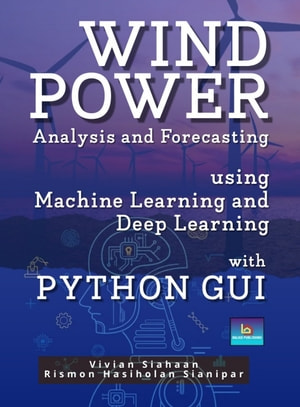

Most ebook files are in PDF format, so you can easily read them using various software such as Foxit Reader or directly on the Google Chrome browser.
Some ebook files are released by publishers in other formats such as .awz, .mobi, .epub, .fb2, etc. You may need to install specific software to read these formats on mobile/PC, such as Calibre.
Please read the tutorial at this link: https://ebookbell.com/faq
We offer FREE conversion to the popular formats you request; however, this may take some time. Therefore, right after payment, please email us, and we will try to provide the service as quickly as possible.
For some exceptional file formats or broken links (if any), please refrain from opening any disputes. Instead, email us first, and we will try to assist within a maximum of 6 hours.
EbookBell Team

0.0
0 reviewsIn this project on wind power analysis and forecasting using machine learning with Python, we started by exploring the dataset. We examined the available features and the target variable, which is the active power generated by wind turbines. The dataset likely contained information about various meteorological parameters and the corresponding active power measurements.
To begin our analysis, we focused on the regression task of predicting the active power using regression algorithms. We split the dataset into training and testing sets and preprocessed the data by handling missing values and performing feature scaling. The preprocessing step ensured that the data was suitable for training machine learning models.
Next, we trained several regression models on the preprocessed data. We utilized algorithms such as Linear Regression, Decision Tree Regression, Random Forest Regression, and Gradient Boosting Regression. Each model was trained on the training set and evaluated on the testing set using performance metrics like mean squared error (MSE) and R-squared score. After obtaining regression models for active power prediction, we shifted our focus to predicting categorized active power using machine learning models. This involved converting the continuous active power values into discrete categories or classes. We defined categories based on certain thresholds or ranges of active power values.
For the categorized active power prediction task, we employed classification algorithms. Similar to the regression task, we split the dataset, preprocessed the data, and trained various classification models. Common classification algorithms used were Logistic Regression, Support Vector Machines (SVM), K-Nearest Neighbors (KNN), Decision Trees, Random Forests, Gradient Boosting, Extreme Gradient Boosting, Multi-Layer Perceptron, and Light Gradient Boosting models.
During the training and evaluation of classification models, we used performance metrics like accuracy, precision,
…